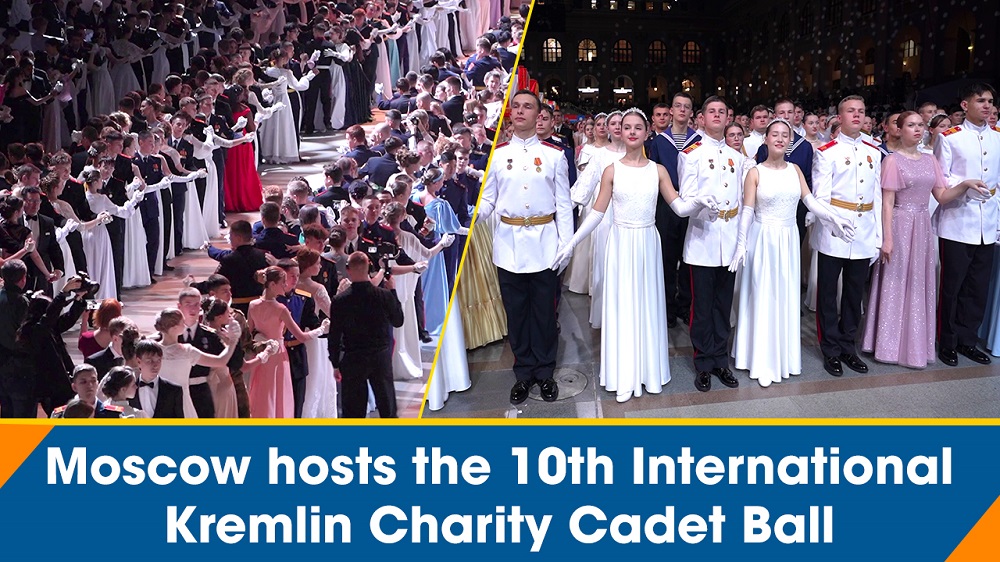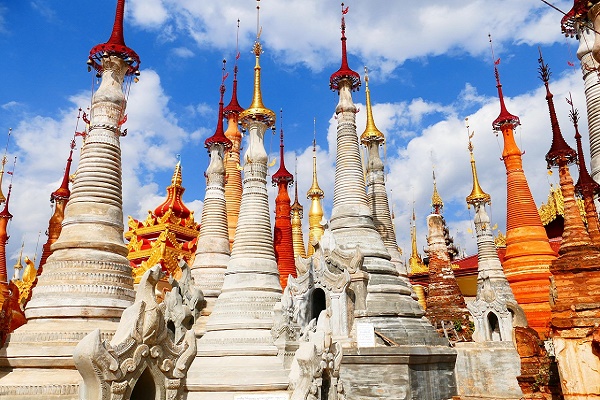Timeless Facades: Discovering Havana’s Colonial Charm Through Architecture

When you walk through the heart of Havana, time slows down. Horse-drawn carriages rattle past pastel-colored mansions, baroque cathedrals rise proudly over cobblestone plazas, and wrought-iron balconies spill with flowers above shaded arcades. For lovers of cultural tourism, Havana is not just a destination—it’s a living, breathing museum of Spanish colonial architecture with Caribbean flair.
Cuba’s capital is where architectural grandeur meets revolutionary soul. It's a place where centuries of colonial rule have left their imprint on everything—from the city’s grid planning and ornate facades to churches, fortresses, and city squares that date back to the 16th century. The Colonial Architecture Tour in Havana offers a deeply immersive journey into the aesthetics, history, and cultural narrative of a city frozen in time.
Old Havana (Habana Vieja): A UNESCO-Protected Time Capsule
Designated as a UNESCO World Heritage Site in 1982, Old Havana is the best place to begin your architectural tour. Originally founded in 1519 by the Spanish, this area is home to hundreds of well-preserved colonial buildings, grand public squares, and historic monuments.
Highlights Include:
Plaza de la Catedral: Dominated by the Cathedral of the Virgin Mary of the Immaculate Conception, one of the finest examples of Cuban Baroque architecture.
Plaza Vieja: A lively square flanked by colorful colonial mansions, art galleries, and rooftop cafes.
Plaza de Armas: Home to Palacio de los Capitanes Generales, once the seat of colonial governors, now the Museum of the City.
Walking through Old Havana is like reading a history book in 3D, with buildings whispering tales of Spanish conquistadors, pirates, sugar barons, and revolutionaries.
Colonial Fortresses: The City's Stone Sentinels
Colonial architecture in Havana also tells stories of defense and resilience. As one of the most important ports in the Spanish Empire, Havana was heavily fortified.
Castillo de la Real Fuerza: Built in the 16th century, this is the oldest stone fortress in the Americas. Its elegant watchtower and moat are fine examples of Renaissance military design.
Castillo del Morro and Fortaleza de San Carlos de la Cabaña: Guarding the mouth of Havana’s harbor, these imposing fortresses once protected the city from pirates and rival empires. Today, they host cultural events and offer panoramic views of the coastline.
Residential Grandeur: Havana's Colonial Mansions
One of the most fascinating aspects of Havana's colonial era is its residential architecture. Stately mansions with neoclassical facades, wide doorways, and intricate ironwork balconies line many streets.
Visit restored homes like:
Casa de la Obra Pía: A 17th-century mansion now functioning as a museum.
Casa del Conde de Jaruco: Famous for its Moorish tiles and dramatic courtyards.
Many of these homes now house boutique hotels, art spaces, or restaurants, allowing tourists to experience colonial life up close.
Cultural Layers and Afro-Cuban Influence
Though built during Spanish rule, Havana’s colonial structures are not purely European. Over time, they absorbed Afro-Cuban, Moorish, and indigenous elements—especially visible in courtyards, tile work, and religious iconography. This fusion creates a rich, syncretic visual language unique to Cuba.
Ways to Experience the Colonial Architecture Tour
Walking Tours with Local Historians – Gain insight into the symbolism, design elements, and untold stories behind the facades.
Heritage Home Stays – Stay in a restored colonial house for an immersive living experience.
Photography Walks – Capture the peeling pastel walls, faded colonial opulence, and charming decay of Havana’s streets.
Horse-Drawn Carriage Rides – A nostalgic way to tour the cobbled streets, echoing the rhythm of a bygone era.
Best Time to Visit Havana
Plan your architectural adventure between November and April, when the weather is dry and pleasant. During this period, many cultural festivals and music events coincide with warm, breezy evenings—perfect for city exploration.
Travel Tip for Cultural Tourists
Bring comfortable walking shoes, a journal to note stories from locals, and a good camera. Havana's colonial architecture is not just about beauty—it's about history, resilience, and community. Engage with artisans, chat with elders, and soak in the street music that accompanies your every step.
Conclusion: A Cultural Time Machine
A Colonial Architecture Tour in Havana is more than admiring grand buildings—it's about stepping into the soul of a city that has withstood empires, revolutions, and isolation, yet stands proud in its faded grandeur. For cultural tourists, Havana offers a rare kind of beauty—imperfect, layered, and profoundly human. Whether you're tracing the arches of a 17th-century arcade or sipping coffee in a moss-draped plaza, you'll find that the true architecture of Havana is built not just in stone, but in stories.




















